Chinese New Year Traditions and Celebrations
标签: 中国文化
-
作者帖子
-
2024 年 6 月 24 日 下午5:20 #10921
Jason
管理员Regional customs and traditions vary widely but share the same theme: seeing out the old year and welcoming in the luck and prosperity of a new year. The main Chinese New Year activities include
- putting up decorations,
- offering sacrifices to ancestors,
- eating reunion dinner with family on New Year’s Eve,
- giving red envelopes and other gifts,
- firecrackers and fireworks, and
- watching lion and dragon dances.
1. Cleaning and Decorating Houses with Red Things
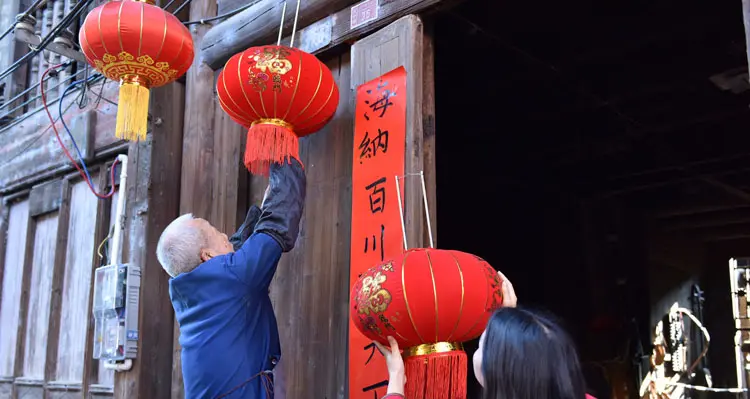
People give their houses a thorough cleaning before the Spring Festival, which symbolizes sweeping away the bad luck of the preceding year and making their homes ready to receive good luck.
Red is the main color for the festival, as red is believed to be an auspicious color for the Lunar New Year, denoting prosperity and energy — which ward off evil spirits and negativity. Red lanterns hang in streets; red couplets and New Year pictures are pasted on doors.
2. Offering Sacrifices to Ancestors
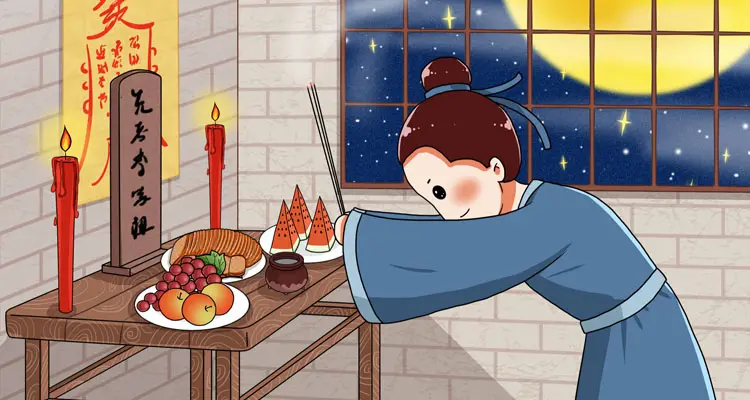
Honoring the dead is a Chinese New Year’s tradition that’s kept to the word. Many Chinese people visit ancestors’ graves on the day before the Chinese New Year’s day, offer sacrifices to ancestors before the reunion dinner (to show that they are letting their ancestors “eat” first), and add an extra glass and place it at the dinner table on New Year’s eve.
3. Enjoying a Family Reunion Dinner on Lunar New Year’s Eve
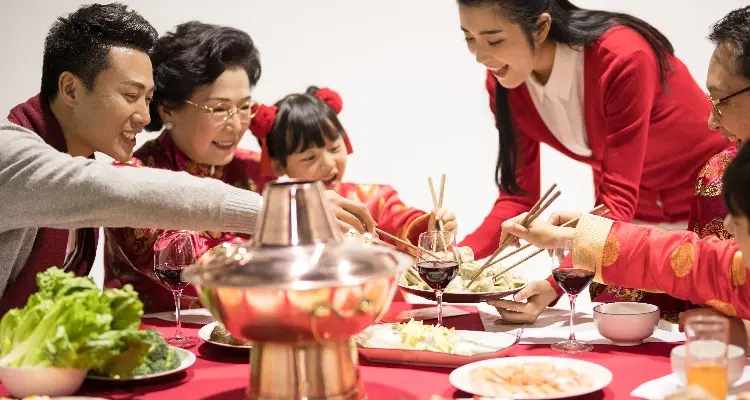
Chinese New Year (Lunar New Year) is a time for families to be together. Chinese New Year’s Eve is the most important time. Wherever they are, people are expected to be home to celebrate the festival with their families. The Chinese New Year’s Eve dinner is called ‘reunion dinner‘. Big families of several generations sit around round tables and enjoy the food and time together.
4. Exchanging Red Envelopes and other Gifts
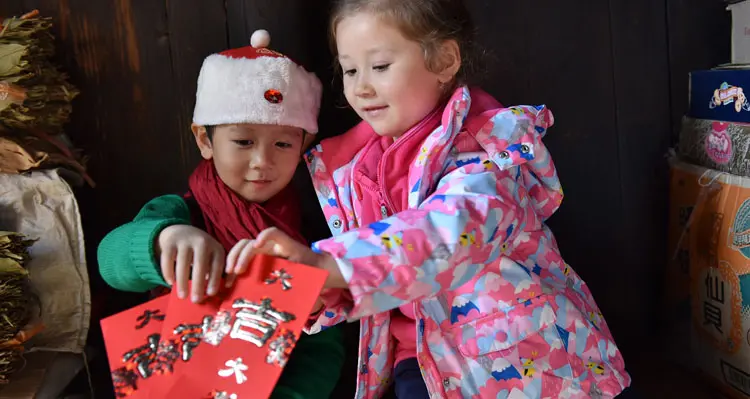
Chinese New Year is a season of red envelopes (or red packets, lìshì or lai see in Cantonese). Red envelopes have money in, and are often given to children and (retired) seniors.
The red envelope (money) is called ya sui qian (压岁钱 /yaa sway chyen/), which means ‘suppressing Sui [the demon]money’. Those who receive a red envelope are wished another safe and peaceful year.
附件:
您需要登录才能查看附件。2024 年 6 月 24 日 下午5:21 #10922Jason
管理员5. Setting Off Firecrackers and Fireworks
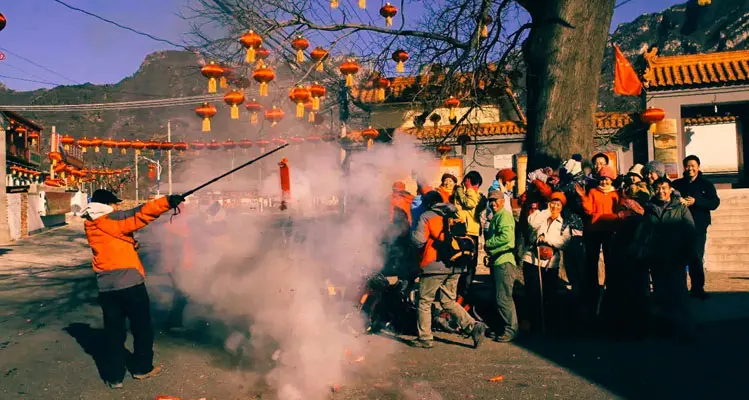
From public displays in major cities to millions of private celebrations in China’s rural areas, setting off firecrackers and fireworks is an indispensable festive activity. It is a way to scare away the evil and welcome the new year’s arrival.
Billions of fireworks go up in China at 12 am and in the first minutes of Chinese New Year, the most anywhere at any time of year.
6. Watching Lion and Dragon Dances
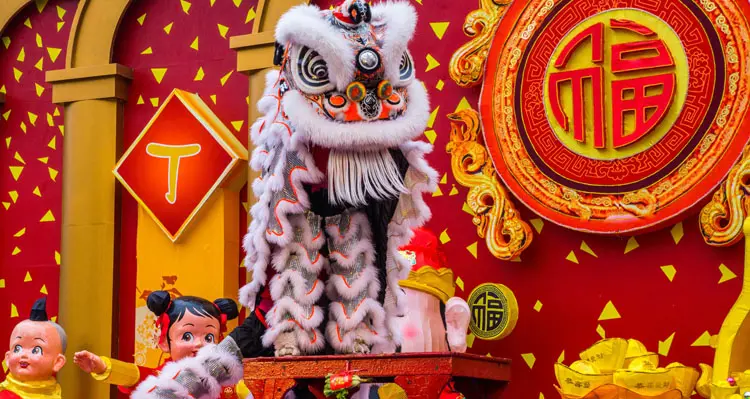 Lion dance
Lion danceLion dances and dragon dances are widely seen in China and Chinatowns in many Western countries during the Lunar New Year period. They are performed to bring prosperity and good luck for the upcoming year or event.
There are more Chinese New Year traditions and customs, such as wearing new clothes, staying up late on Chinese New Year’s Eve, watching the Spring Festival Gala, etc.
附件:
您需要登录才能查看附件。 -
作者帖子
- 哎呀,回复话题必需登录。